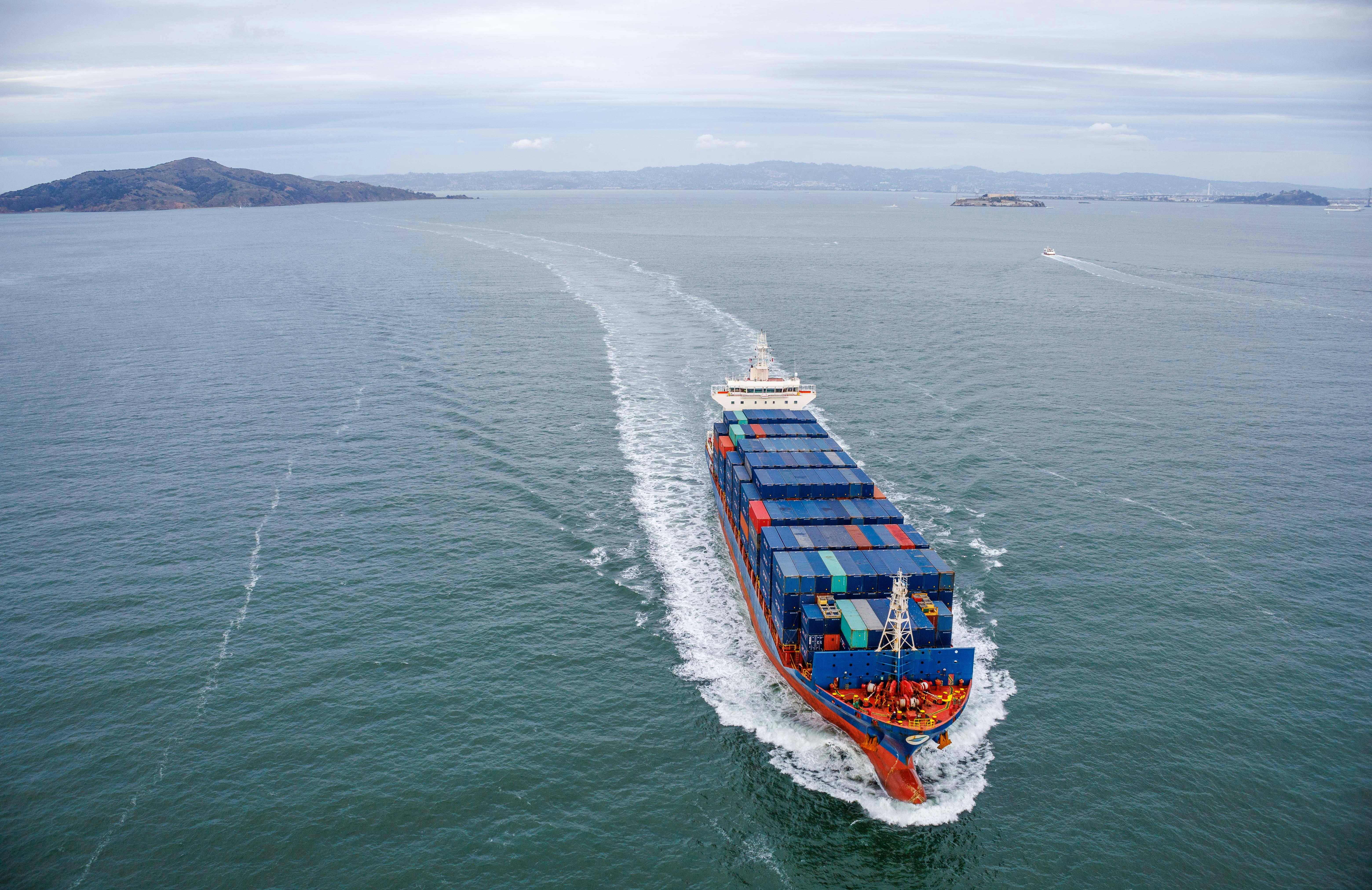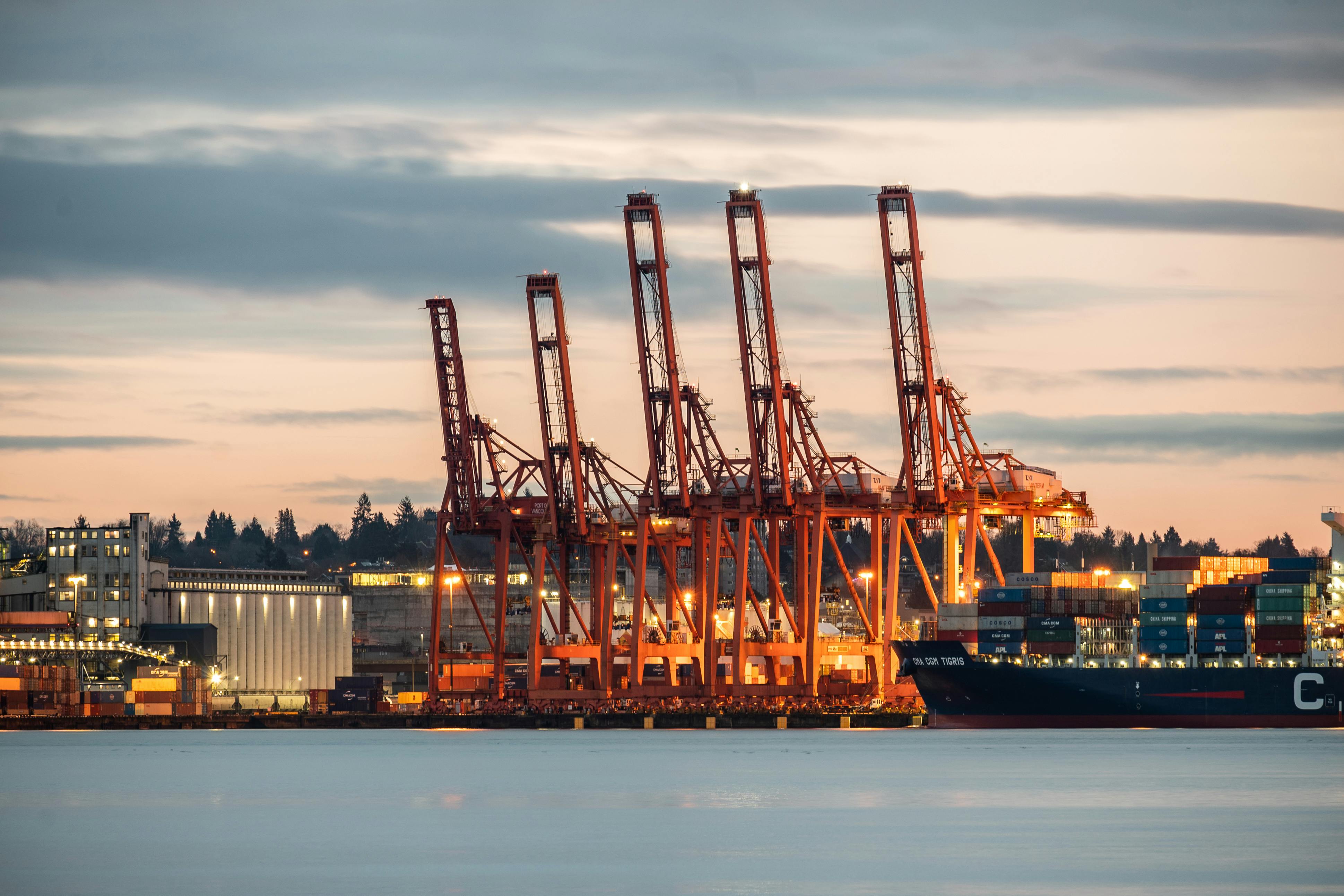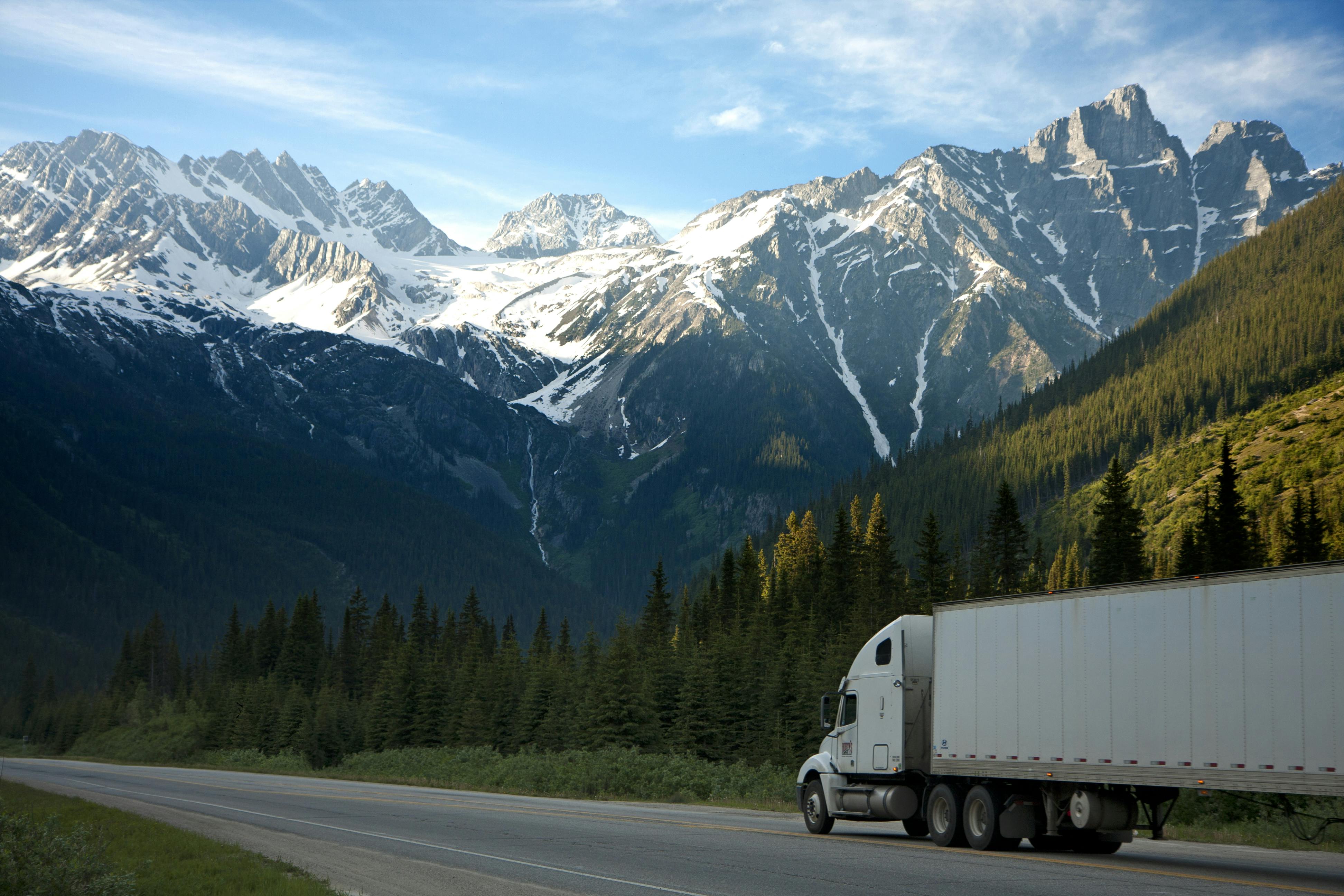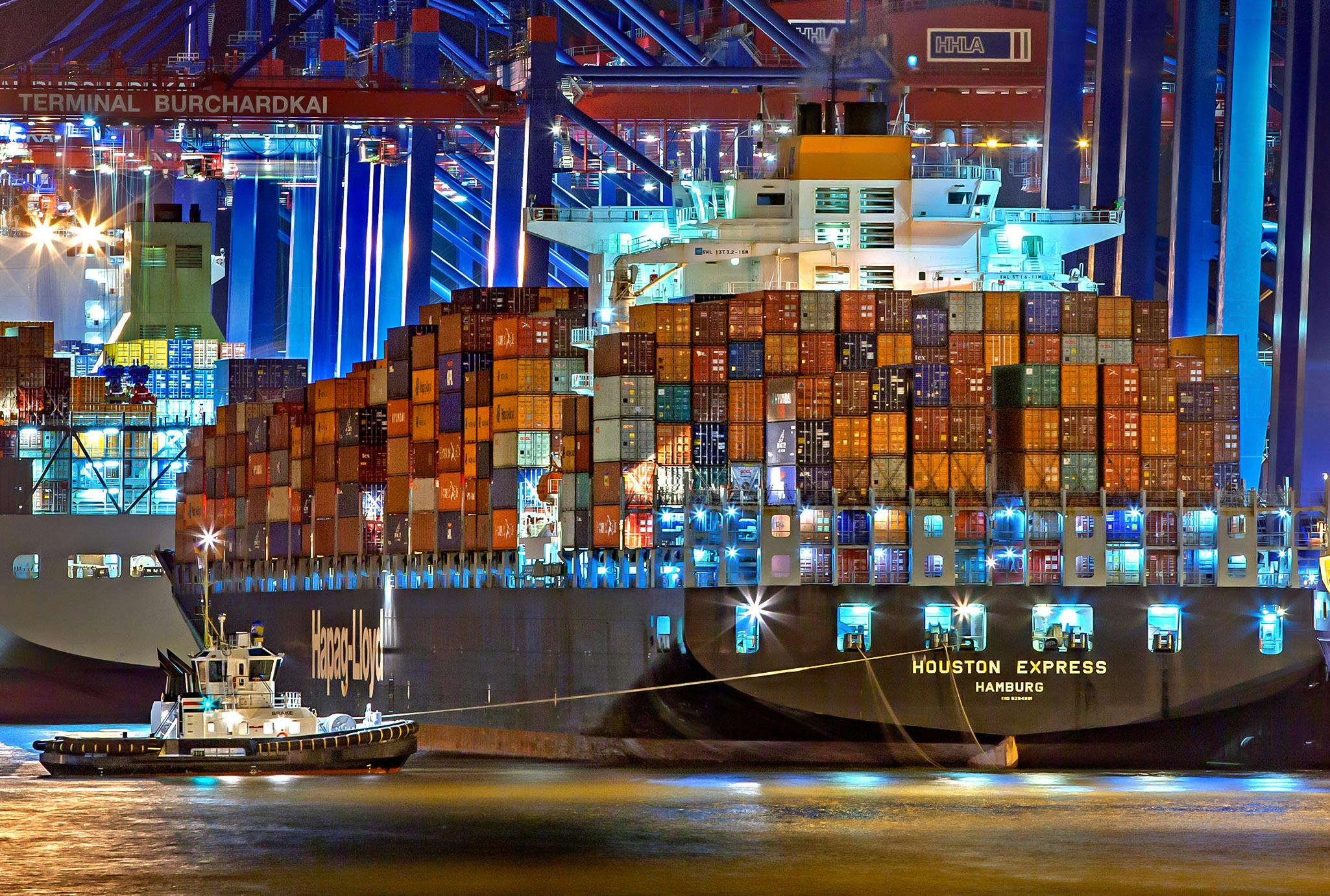The Difference Between LTL, PTL, and FTL Shipping
The Ultimate Guide to Choosing the Right Trucking Service for Your Business Needs

March 25, 2025
Introduction
When it comes to freight shipping, one size definitely does not fit all. Whether you're a small business shipping a few pallets or a large company moving massive loads, understanding the differences between LTL (Less-Than-Truckload), PTL (Partial Truckload), and FTL (Full Truckload) can save you both time and money.
Making the right choice between shipping options can significantly impact your logistics costs, which according to the Council of Supply Chain Management Professionals (CSCMP), account for approximately 8% of the U.S. GDP.
Not sure which option is best for your business? No worries! This guide will break it all down in simple terms so you can make the best decision for your shipping needs.
Understanding LTL Shipping
What is LTL Shipping?
LTL (Less-Than-Truckload) shipping is exactly what it sounds like—a shipping method where your freight shares truck space with shipments from other businesses. If your shipment is too small to fill an entire truck but too large for parcel shipping, LTL is a cost-effective way to move goods.
Benefits of LTL Shipping
Cost-Effective – You only pay for the space your shipment takes up, not the entire truck.
Great for Small Shipments – If you're moving between 1-6 pallets (typically 100-5,000 pounds), LTL is a perfect fit.
Eco-Friendly – Sharing truck space means fewer trucks on the road, reducing your carbon footprint.
Drawbacks of LTL Shipping
Longer Transit Times – Since your shipment is grouped with others, it may have multiple stops along the way.
More Handling – Your goods could be moved multiple times during transit, increasing the risk of damage.
Size Limitations – Most LTL carriers have height restrictions due to roll-up doors on trailers.
Additional LTL Information
LTL shipping rates are based on freight class, weight, dimensions, distance, and accessorial services. LTL shipments are categorized by freight class (from 50 to 500), based on density, stowability, handling, and liability. Lower classes generally mean lower rates.
Exploring PTL Shipping
What is PTL Shipping?
PTL (Partial Truckload) shipping, also known as volume LTL, is a middle-ground option between LTL and FTL. It's ideal for shipments that are too large for LTL but not quite big enough for FTL—typically more than six pallets but less than a full truckload.
Benefits of PTL Shipping
Lower Cost Than FTL – You only pay for the space you use, making it a budget-friendly option for larger shipments.
Faster Transit Times Than LTL – With fewer stops and less handling, your shipment gets to its destination quicker.
More Flexibility – You can ship larger loads without committing to an entire truck.
Drawbacks of PTL Shipping
Limited Availability – Not all carriers offer PTL services, so planning ahead is crucial.
Size Restrictions – Your shipment must fit within PTL weight and size limits, which vary by carrier.
Additional PTL Information
PTL is typically ideal for shipments weighing between 5,000-15,000 pounds or occupying 6-18 pallets. Unlike LTL shipping, PTL shipments are often moved directly from origin to destination without being transferred between hubs, reducing handling and transit time.
Unpacking FTL Shipping
What is FTL Shipping?
FTL (Full Truckload) shipping means your shipment fills an entire truck, giving you exclusive use of the space. This method is best for large shipments or when time-sensitive delivery is a priority.
Benefits of FTL Shipping
Faster Delivery – No extra stops or delays since the truck is dedicated to your shipment.
Less Handling – Fewer touchpoints mean a lower risk of damage, making FTL great for fragile or high-value goods.
Flexible Scheduling – You can arrange pickup and delivery times that fit your business needs.
Drawbacks of FTL Shipping
Higher Cost – You pay for the entire truck, even if you don't use all the space.
Not Ideal for Small Shipments – If your freight doesn't fill most of the truck, LTL or PTL may be more cost-effective.
Additional FTL Information
A standard 53-foot dry van can typically accommodate up to 26 pallets and approximately 45,000 pounds of freight. With FTL, your shipment has exclusive use of the trailer, meaning no other cargo shares the space, which can be crucial for sensitive or high-value goods.
Typical Transit Times and Planning
Understanding the typical transit times for each shipping option helps with planning:
LTL Shipping: For shipments traveling 500 miles, expect 2-4 business days. Longer distances may take 5-7 days or more.
PTL Shipping: Generally 1-2 days faster than LTL for the same distance.
FTL Shipping: Cross-country (coast to coast) transit typically takes 4-6 days, while shorter regional moves might be completed in 1-3 days.
Remember to factor in potential delays during peak seasons, adverse weather conditions, or in congested urban areas.
Tracking and Technology Across Shipping Methods
Each shipping method offers different levels of visibility:
LTL Shipping: Most LTL carriers provide basic tracking through scan points at terminals. Some offer more detailed GPS tracking.
PTL Shipping: Similar to LTL but with fewer scan points since there's less handling.
FTL Shipping: Typically offers the most comprehensive tracking options, including real-time GPS location updates throughout transit.
Modern transportation management systems (TMS) can help streamline shipping processes regardless of which method you choose, providing capabilities like quote comparison, booking, and shipment tracking in one platform.
Choosing the Right Shipping Service
Shipment Size Considerations
LTL: 1-6 pallets
PTL: More than 6 pallets but not a full truckload
FTL: A full truckload required
Cost Evaluation
LTL is the most budget-friendly option for small shipments.
PTL provides a balance between cost and transit speed.
FTL is the most expensive but ensures fast delivery with minimal handling.
Transit Time Factors
LTL: Slower due to multiple stops.
PTL: Faster than LTL with fewer stops.
FTL: Fastest with direct delivery.
Flexibility Needs
LTL and PTL offer more flexibility for businesses that ship in smaller batches.
FTL provides total control over pickup and delivery schedules.
Special Requirements
Need a temperature-controlled truck?
Shipping fragile or high-value goods?
Require tailgates or liftgates for easier loading/unloading?
If your shipment has specific requirements, FTL or PTL might be better than LTL.
Conclusion
Choosing between LTL, PTL, and FTL comes down to shipment size, cost, speed, and flexibility. If you're shipping a few pallets and want to save money, LTL is the way to go. If your shipment is a bit bigger and you want faster transit, PTL might be the sweet spot. And if you need exclusive use of a truck for a large or time-sensitive shipment, FTL is the best choice.
Consider working with a freight broker or logistics provider who can offer multiple shipping options under one roof, allowing you to choose the best method for each shipment's specific needs. Many businesses use a mix of LTL, PTL, and FTL services depending on shipment characteristics, urgency, and budget constraints.
By understanding these options, you can optimize your shipping strategy and ensure you're getting the best balance of cost, speed, and efficiency








